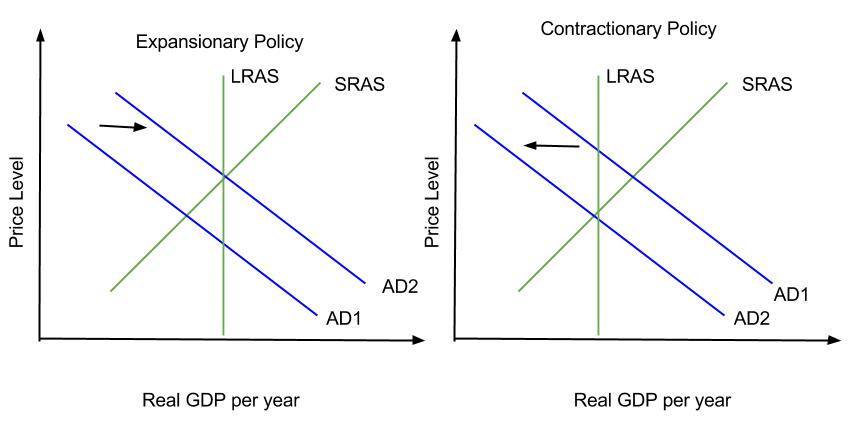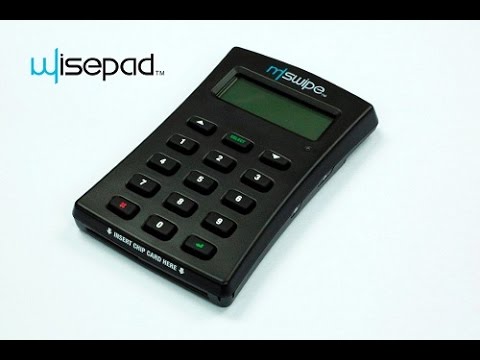Contents:


These non-cash expenses are recorded in the accounting books after a trial balance is calculated to ensure that cash transactions have been recorded accurately. Depreciation is used to record the declining value of buildings and equipment over time. Amortization is used to record the declining value of intangible assets such as patents. The company could be trading much higher than its book value because the market’s valuation takes into account the company’s intangible assets, such as intellectual property.

Book value per share is a method to calculate the per-share book value of a company based on common shareholders’ equity in the company. Should the company dissolve, the book value per common share indicates the dollar value remaining for common shareholders after all assets are liquidated and all debtors are paid. If a company’s BVPS is higher than its market value per share, then its stock may be considered to be undervalued.
Formula
Investopedia does not include all offehttps://1investing.in/ available in the marketplace. As a result, a high P/B ratio would not necessarily be a premium valuation, and conversely, a low P/B ratio would not automatically be a discount valuation. Gordon Scott has been an active investor and technical analyst or 20+ years. Let’s dive more deeply into book value, how it’s calculated, and its significance. Our experts choose the best products and services to help make smart decisions with your money (here’s how).
Book value is the amount found by totaling a company’s tangible assets and subtracting its liabilities. In theory, book value should include everything down to the pencils and staples used by employees, but for simplicity’s sake, companies generally only include large assets that are easily quantified. The concept can also be applied to an investment in a security, where the book value is the purchase price of the security, less any expenditures for trading costs and service charges.
- To find its book value, you have to look at its financial statements, and all the assets and liabilities listed on its balance sheets.
- The book value figure is typically viewed in relation to the company’s stock value and is determined by taking the total value of a company’s assets and subtracting any of the liabilities the company still owes.
- When carrying value is compared to an enterprise’s market value, it can indicate whether a stock is underpriced or overpriced.
- When intangible assets and goodwill are explicitly excluded, the metric is often specified to be tangible book value.
- Often multiple measures are employed for the purpose, and one of them is book value.
It considemeaning of book value historical costs when pricing specific assets, which may not be accurate. After all, there’s a chance that the values have increased significantly over time. In such cases, the shareholders’ equity would be less than the company’s actual worth.
Book Value: Definition, Meaning, Formula, and Examples
For example, if a company has shareholders’ equity worth $5 million and 100,000 outstanding shares, its BVPS is $50. As a result, a company’s shareholder’s equity would be lower than the company’s actual worth. A variation of book value, tangible common equity, has recently come into use by the U.S. federal government in the valuation of troubled banks. Book value’s inescapable flaw is the fact that it doesn’t accurately account for intangible assets of value within a company, which includes items such as patents and intellectual property. It means they need to be wise and observant, taking the type of company and the industry it operates in under consideration.
For example, suppose you purchased 100 shares of company XY at $20 per share. One way of comparing two companies is to calculate the book value per share . One can calculate it by dividing shareholders’ equity by the total number of outstanding shares.
Investors can undertake transactions at book value even when this differs from market value. In the United Kingdom, the term net asset value may refer to book value. The drop in British pound also adds to the attractiveness of the bank that trades at just 0.56 times its book value.
Depreciable, amortizable and depletable assets
For instance, if a piece of machinery costs Rs. 2 lakh and its accumulated depreciation amount to Rs. 50,000, then the book value of that machinery would come about to be Rs. 1.5 lakh. Investors use book value to help them judge if a company’s stock is overpriced or underpriced. All three terms can be used interchangeably because they refer to the same thing – the true market value of an asset at any given point in time. Hence, if an enterprise undergoes liquidation, the fair value prediction of assets clearly indicates that the owners cannot receive the net carrying value of assets. Generally, it is estimated that the fair values of cash and cash equivalents, short-term investments , and long-term investments are equal to 100% of the book value.
Because it is a technology company, a major portion of the company’s value is rooted in the ideas for, and rights to create, the apps it markets. Shareholder equity by the number of common stock shares that are outstanding. Goodwill is an intangible asset recorded when one company acquires another. It concerns brand reputation, intellectual property, and customer loyalty. Ryan Eichler holds a B.S.B.A with a concentration in Finance from Boston University. He has held positions in, and has deep experience with, expense auditing, personal finance, real estate, as well as fact checking & editing.
Essentially, an assets book value is the current value of the asset with respect to the asset’s useful life. In other words, the book value adjusts the historical cost of an asset by the accumulated depreciation. The sum total of the depreciation for a fixed asset is referred to as accumulated depreciation.
Opinion: How a book on happiness from 2007 changed my approach to life – Los Angeles Times
Opinion: How a book on happiness from 2007 changed my approach to life.
Posted: Mon, 27 Mar 2023 21:28:53 GMT [source]
In some cases, we receive a commission from our partners; however, our opinions are our own. Our writing and editorial staff are a team of experts holding advanced financial designations and have written for most major financial media publications. Our work has been directly cited by organizations including Entrepreneur, Business Insider, Investopedia, Forbes, CNBC, and many others. Our goal is to deliver the most understandable and comprehensive explanations of financial topics using simple writing complemented by helpful graphics and animation videos. Finance Strategists is a leading financial literacy non-profit organization priding itself on providing accurate and reliable financial information to millions of readers each year.
Asset book value
Investors can calculate valuation ratios from these to make it easier to compare companies. Among these, the book value and the price-to-book ratio (P/B ratio) are staples for value investors. Book value is the accounting value of the company’s assets less all claims senior to common equity (such as the company’s liabilities).

If the market value of an organisation is higher than its book value, it implies that the stock market is assigning more significance to its stocks. It might be due to its enhanced earnings, well-founded and sound management, or any other factor that buoys its market worth. However, it shall be noted that there is no single P/B ratio that can be considered as ideal for investments. A host of factors are at play at any point in time that can affect the P/B ratio of a particular company, sector, and even industry.

If you are not currently resident of Canada, you should not access the information available on the RBC Direct Investing website. Any opinions in the examples do not represent the opinion of the Cambridge Dictionary editors or of Cambridge University Press or its licensors. Information is available only for the book value of direct investment excluding oil, banking and insurance. The information available relates to the book value of direct investment excluding oil, banking and insurance. That is right, and there is a note which says that the book value is £115 million against the current market value which stands at £97 million.